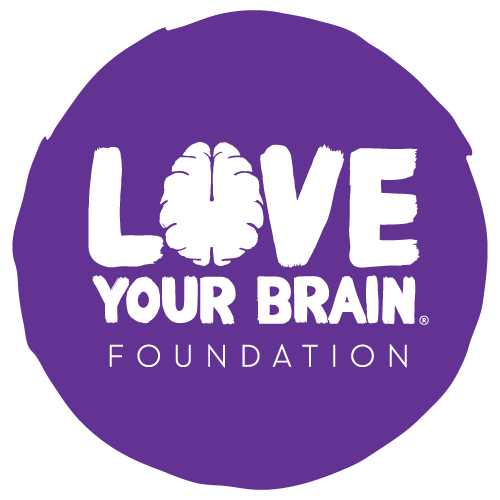Part 2: If I’m Not What I need, Then What? By Jesse Huffman
MindfulMarch Community Story Special
Everyone comes to meditation with a different mindset. This practice can be a tricky thing to talk about since everyone’s experience of it is so different. For me, establishing a daily time to sit and focus on my breath began with the intention of calming and centering myself through the harsh ups and downs of that first year of PCS and TBI symptoms. Meditation became a place of refuge, and a needed piece of regular self-care.
When the symptoms began to settle down, and what I could do on any given day began to expand, the purpose of my seated, or “formal,” meditation practice also began to expand. It was subtle, and organic, but it became less about stilling the chaotic thoughts and symptoms, and more about being present with whatever was coming up for me: thinking, emotions, or physical sensations.
Meditation dove-tailed right in with the therapy I was doing. With so many of my past coping strategies unavailable, and so many of my outlets for social, physical and cognitive expression curtailed, it was just me, stripped down. Sitting with myself each day was helping me expand the container of what I could objectively “hold.” Developing this growing self-compassion was something I was sorely in need of as I explored the limits of what I could manage with a brain injury, and my feelings about the symptoms that would inevitably pop up.
I’ve done my share of therapy over the past 20 years. But it was never clearer how clinging to a narrow view of self-worth had defined my relationship with myself. It was harrowing and humbling stuff, and it played out each time I experienced a setback. When my symptoms flared up, and I “couldn’t do as much,” my self-confidence, hope and sense of possibility would wither. Having my self-worth be so connected to my literal physical health was a wake-up call to re-assess how I view myself, and how I want to be in the world.
So I dug in and, as they say, “did the work” (and I’m definitely still doing that). I had been caught in a traumatic loop, and simply couldn’t believe that getting a headache or feeling nauseated— outside of falling down and hitting my head— wasn’t actually hurting me. It took a while, but positive step after positive step, I reinforced my personal values and the most important aspects of my life and learned to live with my fear of triggering more symptoms. With that came an increased tolerance for activities that previously gave me purpose and joy.
But I still found myself stumbling. Even if I were able to do everything I used to, would I want to?
It was like finding myself back on top of the mountain, this time with a dizzying and terrifying revelation that from where I stood, there was no well-defined trail back “down.”
At its best, I was awestruck by this notion of not needing to live my life the way I had before. At its worst, I was paralyzed by fear, as my mind spiraled into black and white thinking: if I didn’t want to do what I used to do, then who would I be? What was I here for? All I could do was take a moment, listen to these emotions with the most compassion I could muster, write them down and recognize them as what they were: fear of the unknown. One of the clearest lessons I’ve learned from the past two years is how fear can shut the doors of possibility up tight, with a slam for extra emphasis.
After having suffered so much over what I had lost due to my injury, running into this quandary over what I actually wanted was as wild as any adventure I’d been on yet. There was no other way to find out where my seated meditation practice would take me than to put it into action, out in the real world.
Check back next week to find out where that took me.
Jesse Huffman is a freelance writer and video producer based in Vermont.
@manhuff | http://www.jessehuffman.com



